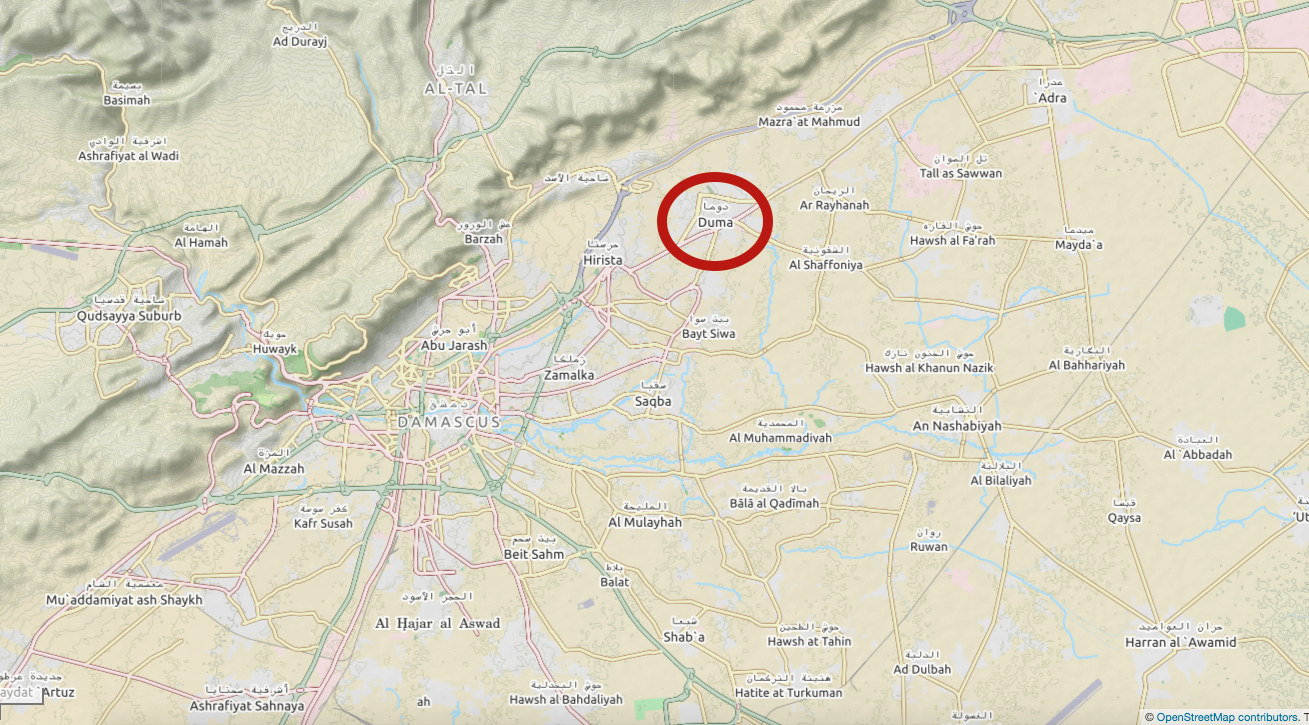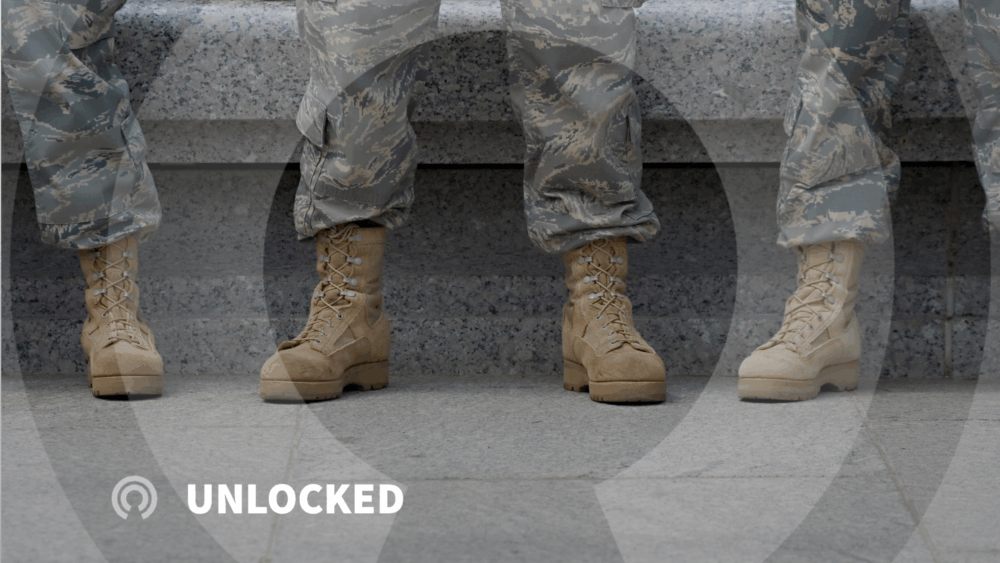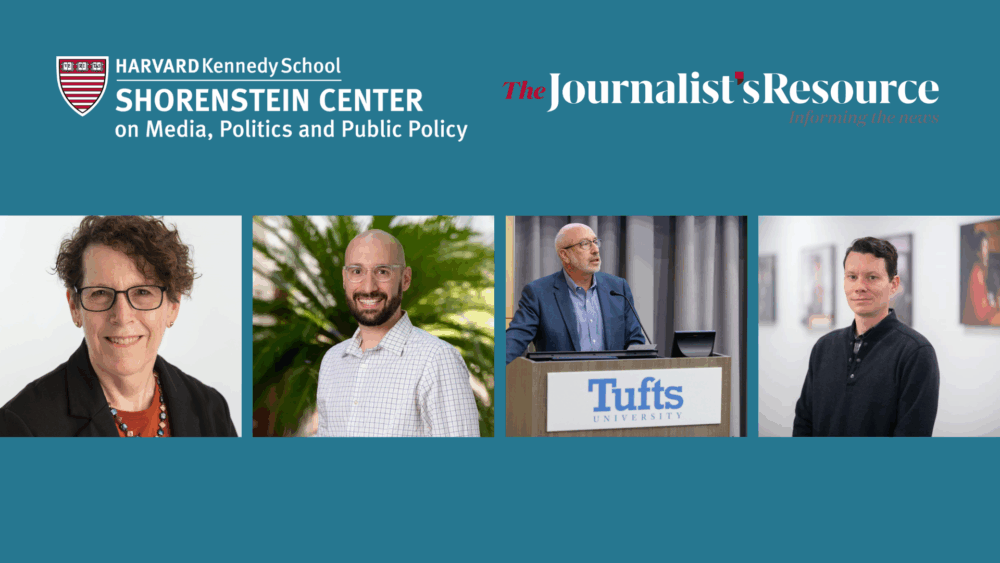
Videos
Regulating Social Media: America’s Global Communications Dilemma
Reports & Papers

A new paper by James Harkin, Joan Shorenstein Fellow (Fall, 2018) and Director of the Centre for Investigative Journalism in London explores current debates about online disinformation through the prism of Syria reporting and a single incident – a heavily contested chemical attack which took place in the Damascus suburb of Douma on 7 April 2018.
Drawing on his own experience as a Syria reporter, his contacts on all sides of the conflict and a trip he took to Douma in July 2018, Harkin’s essay suggests that, in retrospect, Syria was a live-fire rehearsal for many of our current concerns. It also has illuminating lessons for how journalists should navigate a path through their new digital landscape. While evidence from new media is a fantastic new tool in the armoury of journalists and intelligence- gatherers, he argues, it’s already been weaponized on all sides – as a result of which truth- seeking journalism is increasingly inseparable from the task of breaking through the noise and fury of electronic information in a climate thick with propaganda, conspiracy theories and half-truths. But the challenge of how to report incidents like Douma, Harkin argues, contains the seeds of an exciting new direction for journalism. Rather than trying to fix the first draft tapped out on new media, he argues, it can find its feet and its value in a slower, more inter-disciplinary approach, alive not only to new media sleuthing but to university- based expertise, which he calls a Second Draft.
Note: Portions of this paper were previously published in The Intercept and the Columbia Journalism Review.
Base map for header image courtesy of Open Street Maps.

Videos

Explainers, Podcasts, Videos

Videos